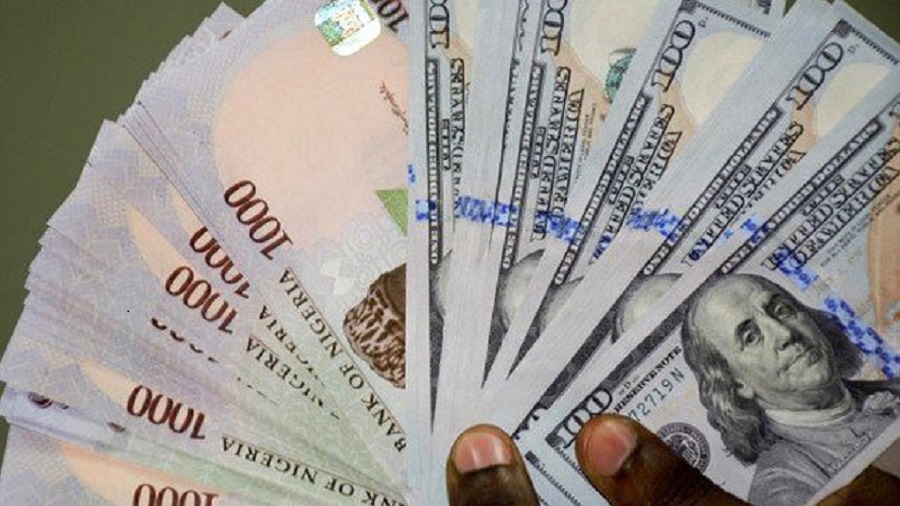Forex turnover at the NAFEX window where investors and exporters trade forex was about $1.57 billion between June 2020 and July 17th, 2020. This is according to the daily market turnover data tracked from the website of the FMDQOTC over the last few weeks.
Forex turnover at the FMDQOTC has averaged $47 million dollars over the last 32 days as investors and exporters jostle for dollar supplies. According to our data, the highest single-day forex sales were $204 million which occurred on the 2nd of July 2020. Since then, daily sales have been below $50 million except for July 7th and 16th where turnover crossed $100 million.
READ MORE: Chainlink breaks into top 10 most valuable cryptocurrency in the world
Several reports suggest pent up demand could be anywhere between $1.5 billion to $2 billion which includes outstanding dividends to be repatriated, forex outflow from foreign portfolio investors among others. Based on the suggested demand, critics of the CBN’s forex policy believe the forex turnover at the I&E window is not enough to support demand piling pressure on the parallel market.
READ MORE: 2020 revised budget, spending inefficiencies, and a looming debt hole
The exchange rate at the NAFEX window oscillated between N387 -N389/$1 and closed at N388.5/$1 on Friday. Forex liquidity is critical to price discovery for any forex market but as economic activities run its course in line with the COVID-19 pandemic prevention initiatives, there is no publicly available data that shows what the actual demand and supply are. There is also no data on-demand snd supply from the parallel or black market where forex is sold unofficially.
At the black market where forex is sold unofficially, the exchange rate closed at N470/$1 last week and as high as N490/$1 for online transfers. The disparity between the NAFEX and parallel market rate has widened since March when oil prices began its steep fall and the COVID-19 pandemic hit Nigeria’s shores. This triggered an initial devaluation by the CBN from N307/$1 to N360/$1 in the official window for converting the country’s forex proceeds. In early July, the CBN devalued the exchange rate at the SMIS window where forex is sold to importers from the N360 floor to N380/$1.
READ ALSO: Nigeria’s worsening current account deficit piles pressure on exchange rate
Nigeria currently maintains a multiple exchange rate window where forex is sold at different prices in line with the central bank’s forex policies. The apex bank governor Godwin Emefiele has revealed plans to unify the exchange rate around the NAFEX market rate but has not committed to any timeline. The world bank reportedly included unification of the exchange rate as a ‘pre-condition’ for the $3.5 billion loans earmarked for Nigeria.
Why this matters: The forex turnover in the NAFEX is considered an important factor in determining the official exchange rate. The supply of forex in this market is thought to be limited as traders looking to sell forex prefer the black market route where the exchange rate is higher at N470/$1. A forex turnover $1.6 billion n the last 32 days provides insight into what one might expect when the CBN eventually unifies the exchange rate.
